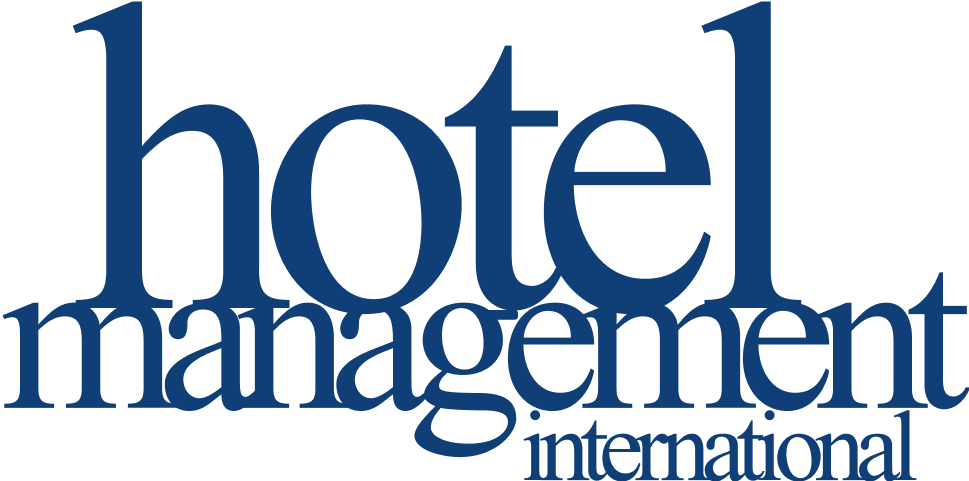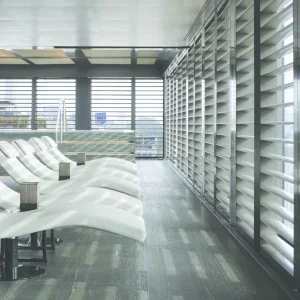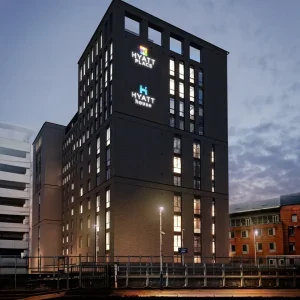When budgeting for 2022, what drivers should hoteliers consider changing to ensure a more accurate plan?
By Jill Wilder
As we are all aware, budgeting for 2022 will present some challenges, without a crystal ball we are going to need to use our knowledge to form new ways to plan for our future. While historical drivers helped hoteliers in previous years with their future planning, it’s a whole new ballgame today, as the very way a hotel operates is radically different from even a year ago. As in the past, just comparing departmental profits from previous months is just one piece of the puzzle. To have better, more accurate budgeting numbers for the year ahead, hoteliers need to re-evaluate their drivers and establish a new baseline data set.
Here’s why: Pre-COVID, the most common drivers when working in budgets and forecasts were “per occupied room” and “percentage of revenue” with very standardized values. By simply adjusting the room occupancy values, expenses and revenues would automatically re-calculate and change accordingly. Today, hotels are different with one key difference due to staffing and capacity limitations. In many situations, cleanliness is key and the length of time for a housekeeper to accomplish their tasks is dramatically different. Therefore, “per occupied room” will not be the only way to calculate their hours. Should you be considering a “per check-in or check-out” as a driver? How does the stayover with cleaning vs. stayover without cleaning impact Housekeeper hours? In the Food & Beverage revenue area, how have the number of covers/occupied room values changed and should there be an outlet capacity that now needs to be included in calculating the revenue per meal period?
What is to be considered for other operating expenses? An example may be guest supplies have been $1 per occupied room in 2019. Is it now best to consider merely increasing that value to cover the increased supplier cost or should we be looking at the number of budgeted daily check ins in addition to the increased cost? In this situation using more than one driver for a calculation may provide a more accurate value.
Rather than copying and pasting prior year driver values into the 2022 budget and forecast hoping you hit the target, reconsider what the new driver and/or values are that drive your hotel. Use your experience to create new drivers and only rely on the history as a guide. The effort in doing this will provide you with a better starting point for the upcoming years.

The best way to budget and forecast accurately and avoid trying to explain what is happening financially to an owner is to enlist the help of a financial management software company offering web-enabled business intelligence, budgeting, and back-office systems that are 100% hospitality specific. Not only will this technology partner help each property re-evaluate its existing drivers, but it will identify new drivers to correspond with relevant data sets.
Deploying the right enterprise accounting, business intelligence, and budgeting and forecasting solutions will help operators better prepare for change. Since most management contracts and bonuses are based on the accuracy of what is being forecasted, there is no time like the present to make a change, especially for those properties still writing and relying on individual Excel spreadsheets to hit their targets.

At the end of the day, we are all shooting for accuracy. By automating the budgeting and forecasting process, hoteliers will have one source of the truth. A system like Targetvue from Aptech, for example, is equipped operators with Forecast Worksheets that eliminates the need for someone at corporate to create and individual Excel spreadsheet for each hotel and later collect them from the properties and hope the data is accurate. Data can be input via a web browser and cannot impact the logic of the models. Rather than requiring one document per hotel, Targetvue works with drivers to pull in relevant historical data and compare it to years that make sense, such as 2021 vs. 2019, for improved consolidating and reporting.
It’s widely apparent that it is still not business as usual. As a result, hoteliers need to make some drastic changes if they hope to reopen successfully. Re-evaluating a hotel’s drivers is a critical first step towards financial stability. The most accurate way to compare Plan with Performance is to automate the hotel’s budgeting and forecasting processes with a flexible solution proven to drive accuracy and set realistic goals for the hotel enterprise.

About the Author
Jill Wilder is Vice President of Aptech Computer Systems Inc., the only provider of a fully integrated enterprise accounting, business intelligence and planning ecosystem to the hospitality industry. Aptech’s Business Intelligence, Enterprise Accounting, and Budgeting & Forecasting solutions help hoteliers at the corporate and property levels understand their financial and operational data for faster goal achievement.






